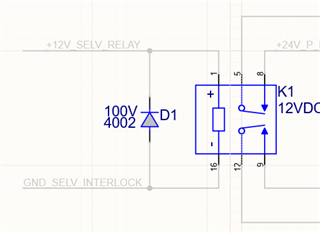Hi Experts,
Please help tell in which conditions the SN6507DGQR can stop and not re-start?
Our customer has checked and they don't have overvoltage (they have 12V VCC) and their current is 100mA nominal, they have a RILIM of around 35kohm (so about 700mA).
Once they have "toggled" (apply GND via 10kohm resistor for a short while and then reconnect to VCC) the EN/UVLO pin the circuit continues to operate properly.
Best regards,
Gerald



